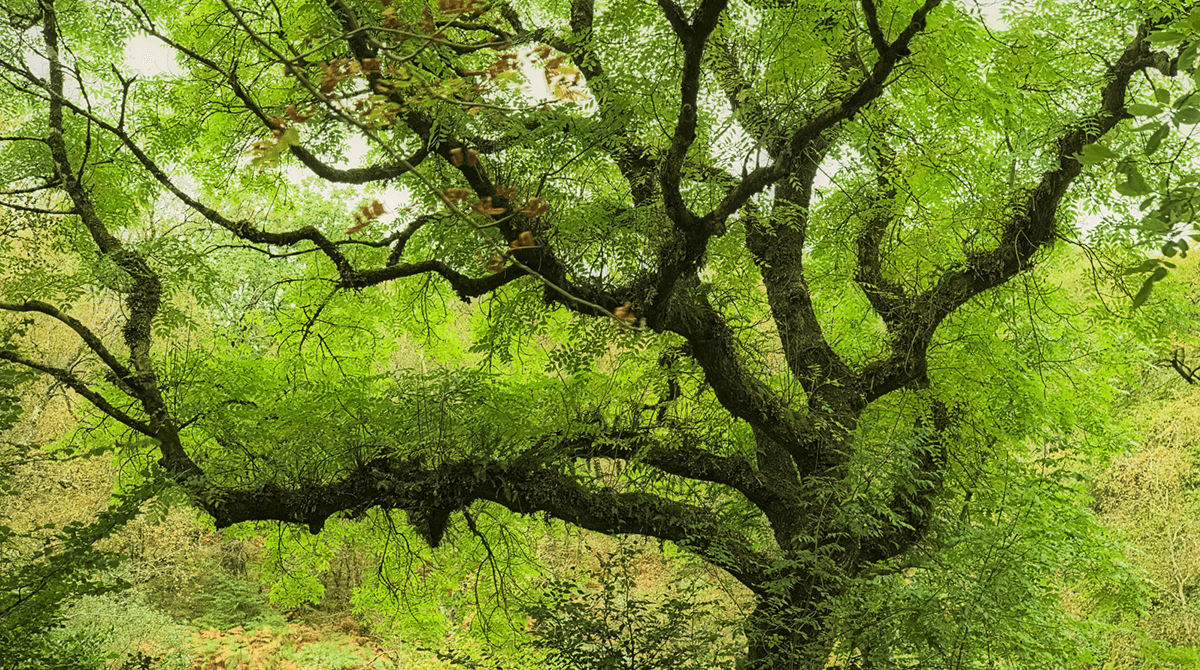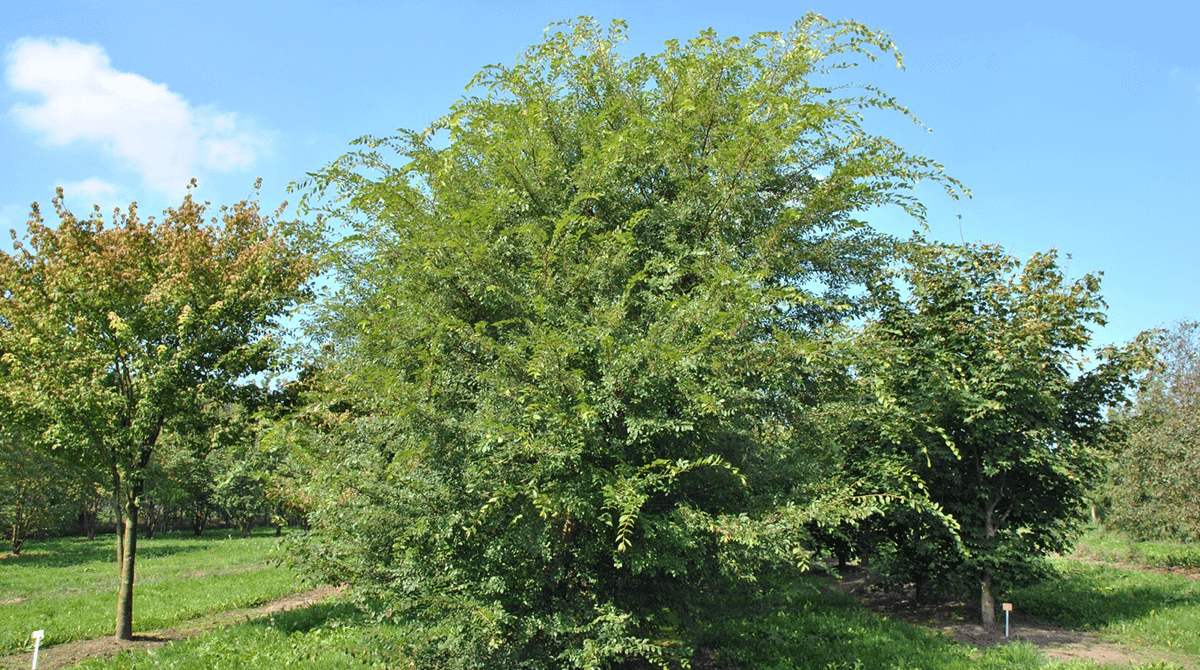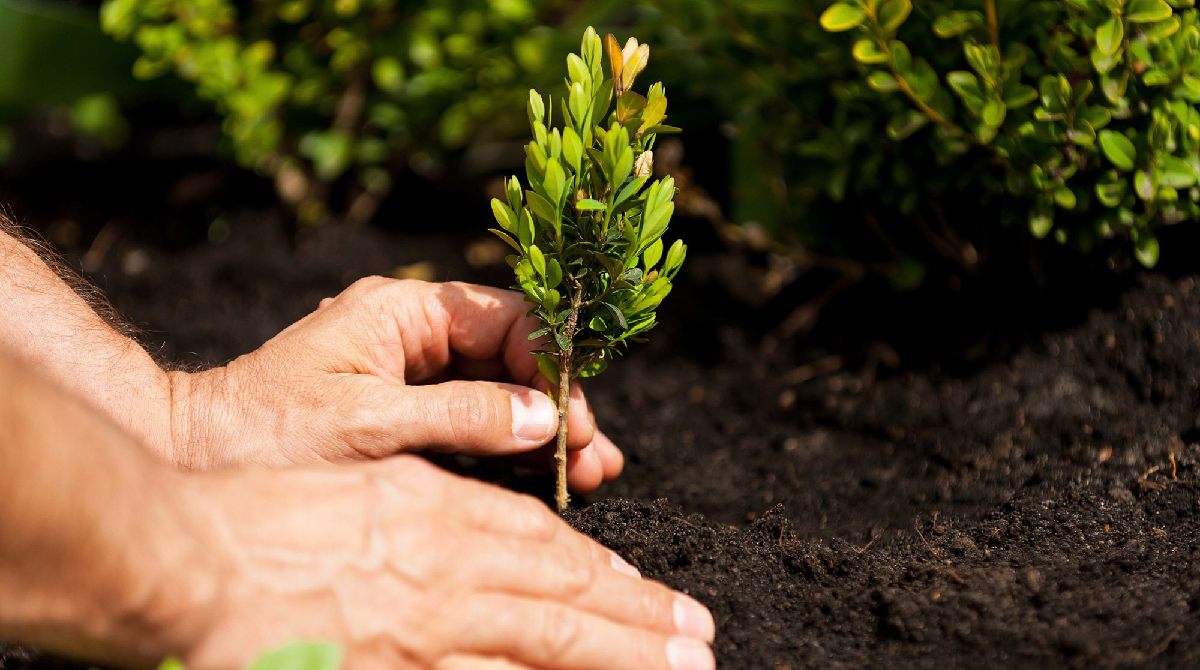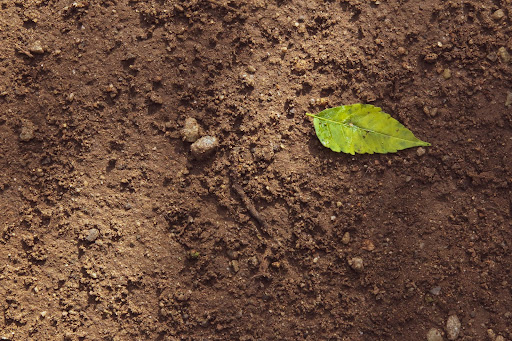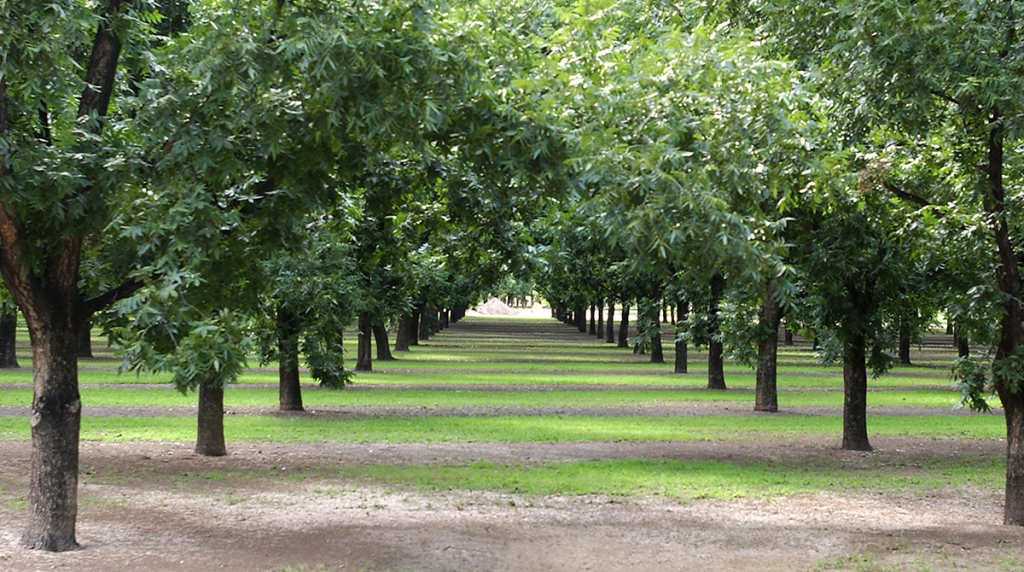
The Ultimate Guide for Healthy Pecan Tree Care
Date December 31, 2020
Category
There’s a reason why the Pecan tree is the state tree of Texas. They stand tall and proud in our yards, giving us both shade and sustenance. They’re native to Texas, making them accurate Texans, and they thrive in our climate and soils. Pecan trees are widespread in the wild and a popular choice for many yards in the Dallas-Fort Worth metroplex. It’s not just beloved because of its impressive size – although, yes, we admittedly do like big things in Texas. Pecans are the only commercially grown nut in Texas, so consider yourself lucky if you have a Pecan tree adorning your yard, as long as you don’t mind the extra work they require. They can be messy trees, dropping more than the average amount of leaves, twigs, and nuts every fall, but the payoff is well worth the effort. If you’re the proud owner of a Pecan tree, or if you are planning to plant one on your property, here’s the ultimate North Texas tree care guide for your Pecan tree throughout its life.
Why do Pecan trees love Texas?
Pecan trees are beautiful, stately trees that grow healthy, expansive branches and usually reach 60 to 80 feet tall, although they have been known to clear 100 feet in the right conditions. They’re best recognized for their shade and yearly harvest of pecan nuts that drop from September to November. Although they are the Texas state tree, and there’s evidence that Pecan trees have existed in Texas for thousands of years, Pecan trees are prevalent across much of the southern United States. They’re commonly found in Oklahoma, Mississippi, Tennessee, Arkansas, Kentucky, Missouri, Indiana, and Illinois. That’s because Pecan trees thrive in hot climates. They need hot summers and mild winters to survive. They also like our soils, especially the rich, fertile types of soils found in our creek beds. However, Pecan trees grow in various soil conditions: acidic, alkaline, loamy, moist, rich, sandy, silty loam, well-drain, wet, and clay soils. These soil types can be found in North Texas, making it an ideal home for Pecan trees.
What to know before planting a Pecan tree:
- What to buy – There are nurseries in North Texas that sell Pecan trees, and some that even specialize in it, so do a little research before you buy to make sure you’re getting the best quality trees available to you. Pecans are available as container-grown or bare roots. Although bare-root trees are the most common Pecan nursery trees, container-grown ones are generally hardier and more likely to survive a transplant. For a container-grown Pecan tree, the best height is four feet tall. Don’t buy one taller than eight feet.
- Pecan trees are monoecious, so they have both male and female flowers on the same plant, but they don’t self-pollinate. Instead, the flowers develop at different times to pollinate with nearby trees. If you have the room, you should consider buying two Pecan trees of different varieties so that they can cross-pollinate and yield a better harvest. There are several types of Pecan trees recommended for the North Texas area: Sioux, Choctaw, Wichita, Cheyenne, Pawnee, Forkert, Cape Fear, Kiowa, and Caddo. Work with a nursery or a certified arborist tree service to determine which type of Pecan tree is best for your particular situation.
- Where to put it – When determining where to plant your Pecan tree, keep in mind that Pecan trees can grow huge, with a spread of 40 to 75 feet at maturity, and their roots can reach twice the breadth of their crown, so they need plenty of space to grow. This means they are not suitable for every yard. They prefer full sun and should be in a spot where they can get at least six hours of direct, unfiltered sunlight. They should also be in a location where the soil drains well to a depth of at least 5 feet. Pecan trees develop a long taproot that could become diseased if the soil is too wet.
- When to plant – You can plant Pecan trees any time of the year, but the best time to plant is from November to February. Growing while the trees are in their winter dormancy is ideal. During the winter, Pecan trees don’t have to use energy to produce leaves or nuts, so they can focus all their energy on growing their roots and getting established in their new surroundings. That way, they’ll be ready to leaf out in the spring and survive a hot Texas summer.
- If you’re planting a bare root Pecan tree, how to grow- keep the roots moist, although not wet, until they are planted. Try to plant them as soon as possible if there’s a delay in planting, heel in the tree with moist soil. Heeling in trees during winter or summer can help protect them from cold or heat before you have a chance to plant the tree properly. You can heel in bare-root trees or potted trees, although be careful not to leave a tree in a container heeled in for too long because it can cause the tree to become root-bound.
- When you plant, space your Pecan trees 40 to 70 feet apart, and make sure to dig a wide hole. It should be deep enough for the entire root to fit inside. Wet the roots and trim off all broken roots right before planting. Like many nut trees, Pecan trees have a taproot. When planting a bare-root Pecan tree, the taproot should be pruned before planting. Don’t prune the taproot for a potted Pecan tree. Once the tree is placed in the hole, you can begin to refill the hole with soil and tamp it down as you go. Once it’s mostly full, pour some water on the soil and then finish filling the hole. Pecan trees are susceptible to fertilizer, so it’s best to wait until after it has had a chance to get established in the soil before adding fertilizer. To give your pecan trees the best start possible, you should consider hiring an arborist to plant your tree or assist you in the process. Our ISA Certified Arborists are available to help.
How to take care of mature pecan trees:
A healthy Pecan tree starts producing pecans at six to 10 years of age and can live up to 300 years. Pecan trees are deciduous, so they are dormant in the winter. Bud break happens in early spring, and then bloom and pollination happen in May. The tree will prematurely shed flowers that are not pollinated and pollinated flowers that do not develop nutlets. Once pollination occurs, it takes 90 days for pecans to reach their full size. That usually happens at about the end of August. Aside from the seasonal development of nuts, Pecan trees also have large crowns that leaf out in the spring, became bushy in the summer, and turn yellow or brown in the fall. There are a couple of things you can do to encourage your pecan trees’ health and growth.
- Pruning – Pruning is beneficial for Pecan trees at any age, but how much pruning is required depends on the tree’s age. When a Pecan tree is first transplanted onto your property, it’s good to prune back the branches’ top third. This encourages the branches to grow thick and strong. During the tree’s first growing season, once the new shoots are about 4 to 6 inches, choose a strong, straight shoot to be the leader. Trim back all the other shoots throughout the season. Pecan trees need regular pruning and trimming in their first five years to promote proper growth and structural integrity. After that, less frequent but still regular pruning can help prevent disease and other issues. It’s best to prune your Pecan trees in the winter. Pruning a tree can make it susceptible to pests and other issues like disease or fungus. Many insects hibernate during the winter, so fewer pests are available in the winter to harm your tree. Also, pruning and trimming, like cutting into any living organism, creates a wound, which can be stressful for your Pecan tree. It’s best to do it when the tree is less focused on growing leaves or nuts and has more energy to expend on healing. When you prune your Pecan tree, take care to trim away small shoots that have grown in the crook of other branches or on the trunk. Once the tree is big enough, you’ll want to remove all the branches that are less than five feet above the ground.
- Fertilization – Before you fertilize the soil around your Pecan trees, do a soil test to understand the soil’s current condition and what needs to be added to it. It’s best to get one from a lab or extension service, but in a pinch, you can find a home testing kit at most garden centers. It is possible to over-fertilize your soil, and Pecan trees are susceptible. Although you won’t know exactly what your soil needs until you get the results back from the soil test, there are a few things that generally help Pecan trees reach optimal health. Both young and old Pecan trees tend to like nitrogen-based fertilizers. Pecan trees also need phosphorus, potassium, and zinc, so check the three things’ soil levels. If you have questions about soil testing or fertilization, ask a certified arborist.
What to do if you think your Pecan tree is sick:
Like all trees, Pecan trees have a list of issues that commonly affect them. Below are a few signs to look out for and some tips for things you can try independently. Often with things like insect-infestation, disease, fungus, or mold, it’s best to call a professional tree arborist as soon as possible because if left unattended, it can be detrimental to your tree. The ISA Certified Arborists at TreeNewal are available to answer any questions you might have or make a visit to your home or property to assess and address any serious concerns.
- Scab – Scab is the disease you’re most likely to come across because it’s the most prevalent fungus for Pecan trees. It’s also the most challenging to deal with. It infects both the leaves and nut shucks, especially in the early stages of the growing season. Look for small, circular, olive-green to black spots on the leaves and nut shucks. Over time the lesions grow in size, darken to black and become sunken in appearance. In severe cases, scabs can even infect the nuts, reducing the yield’s quantity and quality. Scab fungus lives through the winter, and improper fertilization can increase the chances of scab fungus. Certain varieties of Pecan trees are more resistant to scab, but they can still be infected to a lesser degree. If they get infected, the best way to flush out scabs is to remove and destroy all the leaves and shucks during the winter to reduce carry-over infection.
- Downy Spot – Downy spot is a fungal leaf spot that causes early leaf loss and a decrease in nut production. It first shows up as small yellow spots on the new leaves in late spring. The spots may turn white due to spore production and then eventually brown. Once again, remove and destroy all leaves and shucks during the winter.
- Brown Spot – Unlike the others, this fungus only affects mature leaves. It appears in June or July as a lesion on the lower leaf surface. You’ll notice small dots, which grow and turn a reddish-brown with a gray cast. This fungus moves fast, so you’ll need to act quickly to control it. It can completely defoliate the tree by October. You can work to prevent brown spots by properly watering and fertilizing the trees to reduce stress.
- Gnomonic Leaf Spot – Gnomonia leaf spot first appears in June as spots similar to brown spot fungus, but it’s restricted to the lateral veins as it grows. Like the others, Gnomonia overwinters in the dead leaves, so destroying the leaves is the best way to reduce them. The best way to prevent it is to make sure the tree is properly fertilized. Gnomonic only infects poorly nourished trees.
- Liver Spot – The liver spot is caused by Gnomonia and appears dark, circular brown spots along the midrib on the leaves’ lower surface. It gets its name from the liver color it turns into later in the year. Prevention is the best thing for the liver spot by keeping the tree properly watered and fertilized.
Choose TreeNewal as your North Texas certified arborist tree service.
We’d love to talk with you about any questions you might have regarding Pecan tree planting or maintenance. Our TreeNewal team members are experts in tree nutrition, tree pruning, tree trimming and removal, root aeration, insect management, disease, and fungus management. Call us at tel:(817) 592-6846 to work with one of our ISA Certified Arborists.
To learn more about The Ultimate Guide for Healthy Pecan Tree Care, call our Argyle and Southlake based teams
at tel:(817) 592-6846 or send us a message.
We’re a little different than the average tree services company.
Learn more about TreeNewal’s ISA Certified Arborists!
Our Dallas/Fort Worth-based tree doctors can explain how sustainable tree care services add more value to your bottom line.
Healthy trees, healthy lives.
